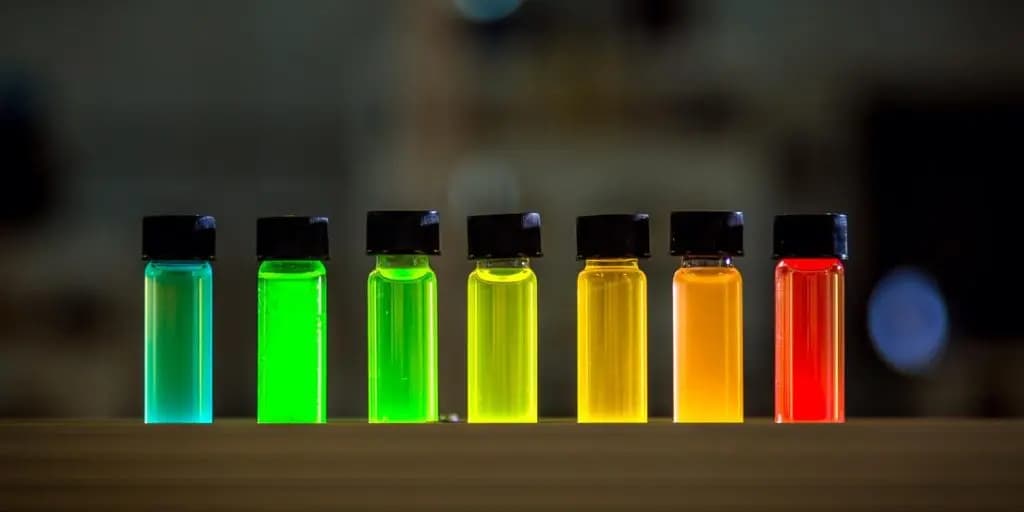The pharmaceutical manufacturing industry has long grappled with the challenge of monitoring drying mixtures, a crucial step in producing medications and chemical compounds. Two noninvasive characterization approaches are commonly used: imaging a sample to count individual particles or using scattered light to estimate the particle size distribution (PSD). The former is time-consuming and generates more waste, making the latter a preferred choice.
In recent years, MIT engineers and researchers developed a physics and machine-learning-based scattered light approach shown to enhance manufacturing processes for pharmaceutical pills and powders. This innovation increases efficiency and accuracy, leading to fewer rejected product batches. A new open-access paper, “Non-invasive estimation of the powder size distribution from a single speckle image,” published in the journal Light: Science & Application, expands on this work, introducing an even faster approach.
“Understanding the behavior of scattered light is one of the most important topics in optics,” says Qihang Zhang, an associate researcher at Tsinghua University. “By making progress in analyzing scattered light, we also invented a useful tool for the pharmaceutical industry. Locating the pain point and solving it by investigating the fundamental rule is the most exciting thing to the research team.”
The paper presents a novel PSD estimation method based on pupil engineering, reducing the number of frames required for analysis. “Our learning-based model can estimate the powder size distribution from a single snapshot speckle image, consequently reducing the reconstruction time from 15 seconds to a mere 0.25 seconds,” explains the researchers.
“Our main contribution in this work is accelerating a particle size detection method by 60 times, with a collective optimization of both algorithm and hardware,” says Zhang. “This high-speed probe is capable of detecting the size evolution in fast dynamical systems, providing a platform to study models of processes in the pharmaceutical industry including drying, mixing, and blending.”
This technique offers a cost-effective, noninvasive particle size probe by analyzing back-scattered light from powder surfaces. The compact and portable prototype is compatible with most drying systems currently available, requiring only an observation window. This online measurement approach can help control manufacturing processes, boosting efficiency and product quality. Previously, the absence of online monitoring hindered the systematic study of dynamic models in manufacturing processes. This probe could provide a new platform for conducting research and modeling the evolution of particle size.
This work, a successful collaboration between physicists and engineers, stems from the MIT-Takeda program. Collaborators are affiliated with three MIT departments: Mechanical Engineering, Chemical Engineering, Electrical Engineering, and Computer Science. George Barbastathis, professor of mechanical engineering at MIT, is the article’s senior author.













Responses (0 )